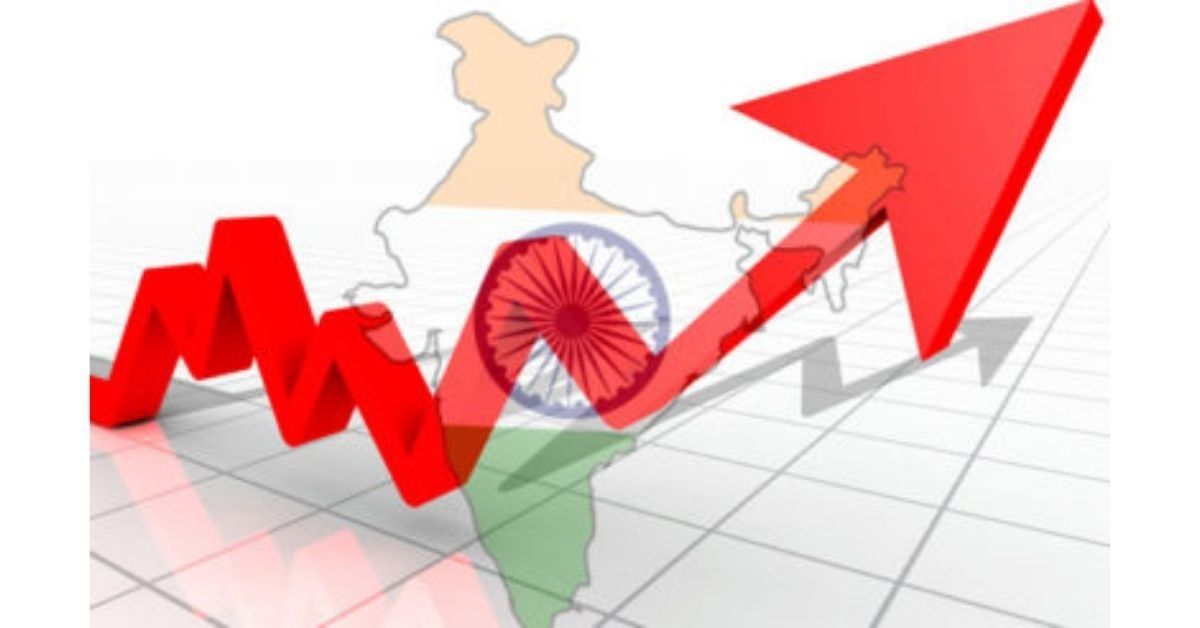India is on the path to become a powerhouse driving global growth by 2047, said Union Minister Piyush Goyal when recently addressing the business community of southern California. CII estimates India in 2047 to be a $35-45 trillion economy, bringing the country into the league of developed nations. India has the advantage of demographic dividend, and its aspirational young population provides a huge opportunity for growth. India is also rapidly transitioning to clean energy, and the country aspires to achieve 500 GW of green energy capacity by 2030. India has become a high-quality manufacturer of valuable goods and services, given the skill-sets and the talent pool available across sectors such as IT, textiles, hospitality, gems, and jewellery and each one of these would provide opportunities for investors looking to engage with India.
India was for many years seen as the poor relation to China, held back by a sclerotic, sprawling state sector and labyrinthine bureaucracy. It still has enormous problems of poverty and poor infrastructure, but it is beginning to emerge as a rival to its large neighbour with the kind of economic growth figures that were once the pride of Beijing. “India has overtaken the UK to become the world’s fifth-largest economy,” says Shilan Shah, senior India economist at the consultancy Capital Economics, citing recent updated figures from the International Monetary Fund. Looking ahead, India set to continue its march up the global rankings. In all, we think India will overtake Germany and Japan to become the third-largest economy in the world within the next decade, he adds.
A key part of India’s continued rise will be its ability to grow its manufacturing sector and challenge China as the world’s No 1 exporter. India has already benefited from a large, well-educated, often English-speaking middle-class, helping the country to develop world-class IT and pharmaceutical sectors. It also has strong consumer demand, which accounts for about 55 per cent of the economy compared with less than 40 per cent in China.
If India wants to be seen as a serious global actor, and not just an important one because of its large population, India must invest among other things, investing in a modern military, bolstering the economy, boosting partnerships with allied democracies, and strengthening India’s democratic institutions. India requires strong leadership and decisive action, not just platitudes and appeals to populism and nationalism. The global community has been waiting for the last two decades for India to play a bigger role in Asia and beyond.
For the rest of the world, India’s promise is huge: its historical civilisation, geo-strategic location, huge labour force of 500 million people, the fourth largest military in the world, and a formidable consumer market. But Indian politicians have hesitated in matching their rhetoric about the country being a leading power with building hard power. It is almost as if India wants to be a great power because it is entitled to be one, without doing the heavy lifting like other major powers. If India grows economically at 8-10 per cent, it is seen as a large consumer market for global companies. It would also have more resources to invest in military modernisation, and make India a desirable partner for countries such as Australia, Japan, the United States, and nations of the European Union. But today’s India, which is growing economically only at 3-4 per cent, is protectionist, inward-looking, and does not have the resources to invest in defence – all of which make it an undesirable partner. To appeal to neighbours, counter rivals, and bolster alliances, India needs to be economically strong with a rising GDP and a skilled labour force, while welcoming foreign investment and less government regulations.







